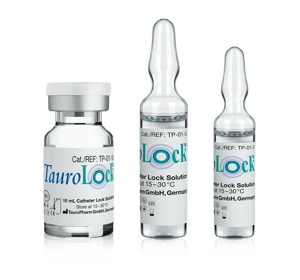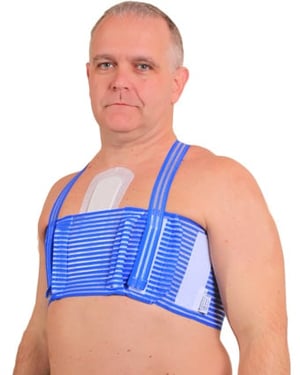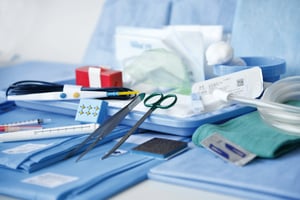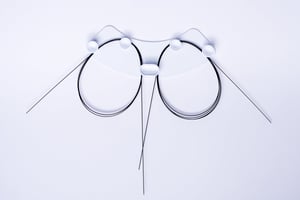SuperCable®
A revolutionary solution for polymer-based cerclage: The SuperCable® system is designed to make monofilament wire and metal cabling more efficient and effective.
- fatigue strength superior to metal cables and wire, leading to reduced complications from breakage
- polymer cable eliminating cable-generated metal debris
- no sharp cable ends to reduce risk of patient tissue irritation and eliminate glove tears as well as “sharps” injury
- “iso-elasticity” for long-term dynamic compressive loading across bone fragments, better healing, and increased construct strength
- unique “crimp-less” locking mechanics for easy re-tightening of cables, leading to less OR time and less cables required
- no metal cable contacting metallic implants
- radiolucent strand for easier visualization of bone on post-op X-rays
- tensioning instrument for precise tightening and locking of cables as well as sequential re-tensioning of previously placed cables
Clinical observational study 2022
“In cases of unstable intertrochanteric fractures of the proximal femur with lesser trochanter involvement, the Sling fixation technique using an isoelastic polymer-based wire showed superior results in terms of stability and consequently better clinical and radiographic outcomes than IM nailing only.”
Villano et al. J Orthop 2022. DOI: 10.1016/j.jor.2022.08.013
Clinical single-center study 2022
“Non-metallic nylon fiber and ultra-high-molecular-weight polyethylene (UHMWPe) cerclage cables could represent a reliable fixation device, ensuring comparable healing and complication rates with traditional titanium cerclage cables.”
Speranza et al. J Clin Med 2022. DOI: 10.3390/jcm11061608
Clinical study 2014
“In this study, the cable-grip system and isoelastic Supercables provided reliable fixation for adequate healing of difficult ETO and trochanteric fractures with an 81% rate of mechanical success with radiographic and clinical healing observed.”
Berend et al. Surg Technol Int 2014.
Review 2011
“A retrospective review was performed of 11 patients who underwent shoulder arthroplasty for which nonmetallic cerclage cables were used. ... No patients experienced loosening or migration of hardware or allograft, and no complications directly related to the use of nonmetallic cerclage cables were identified.”
Edwards et al. Orthopedics 2011. DOI: 10.3928/01477447-20110228-13
Review 2010
“The nonmetallic periprosthetic cables used in this series provided adequate fixation to allow for both osteotomy and fracture healing. We did not observe any complications directly related to the cables.”
Ting et al. Clin Orthop Relat Res 2010. DOI: 10.1007/s11999-010-1284-x






